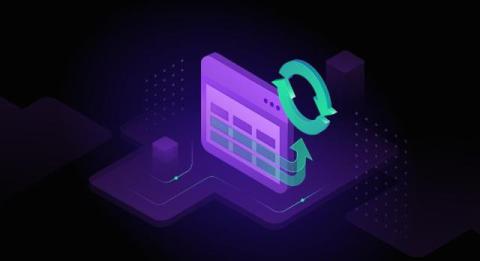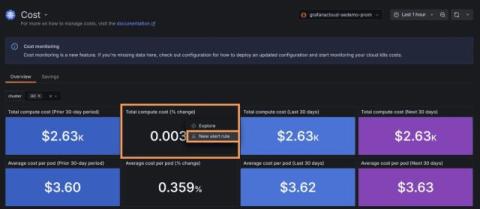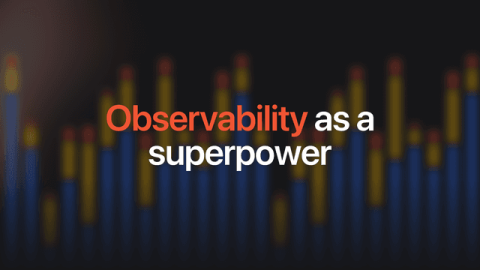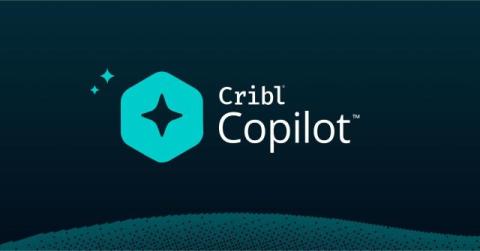Mock APIs: A Beginner's Guide to Mocking Toolsets
Mock APIs are vital tools in modern software development. They allow developers to simulate APIs and continue testing and development without backend dependencies. This guide covers how mocking toolsets enhance efficiency and ensure rigorous testing, streamlining debugging and feature integration for increased productivity and innovation.











